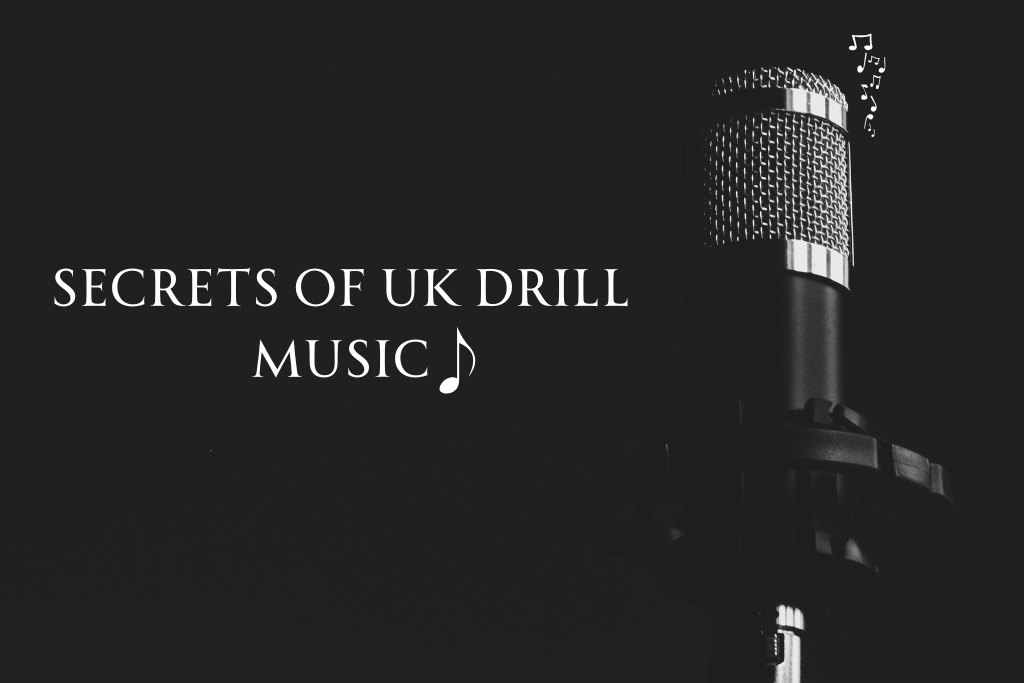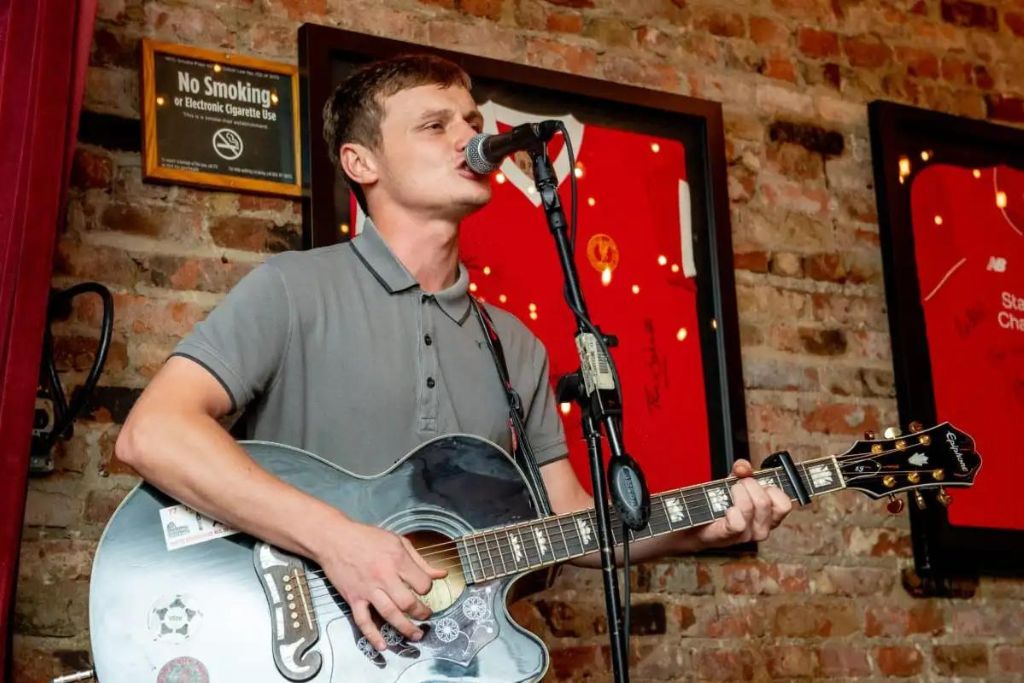Hip-hop communities and coverage in mainstream media have given the UK drill a lot of attention as of late. 67 from Brixton Hill and K-Trap from Lewisham are two examples of groups that are affiliated with this hyper-local kind of music. Producers such as Carns Hill and Bkay have been exploring the melodic possibilities inherent in drill music. Their productions include not only thunderous 808 rhythms and fluttering hi-hats but also synthesized string melodies and piano accompaniment.
What is Drill?
The Drill is a hard-hitting and aggressive subset of hip-hop that’s risen to prominence in London, England. Its distorted beats and gang-related lyrics have made it the subject of moral panic. While its supporters contend that the music only reflects the violence in their neighborhoods and is not a direct cause of it, critics have linked it to an increase in knife crime.
UK artists like Stickz and GR1ZZY started to add their own regional flair to the genre after initially drawing inspiration from the Chicago drill. They would also incorporate elements of grime and electronic music.

Drill’s most famous musicians are from Tottenham, South London, including OFB member Headie One and rappers from the Brixton Hill crew 67 (of which LD is a member). The group’s songs often include politically incorrect phrases and nihilistic lyrics, making them popular among their local audiences. They’ve also been the target of police crackdowns, with some artists having their shows and videos banned by the Metropolitan Police.
Drill’s Origins
The first MCs to ride the UK drill wave emerged from a London music scene that had already absorbed American hip-hop. The gangsta-rap style of the US, typified by tales of violence and revenge, found a natural home in a city that is often described as “the murder capital of Europe.”
Artists like Chief Keef sparked interest with his 2012 song, I Don’t Like, while online channels like SBTV and Link Up TV gave rise to MCs who could realistically portray their world through low-budget music videos. This allowed the brutal images and lyrics that have become the drill’s trademark to flourish.

Some artists have embraced this DIY aesthetic, while others have used their popularity to secure a record deal and release polished videos that would be indistinguishable from a mainstream rap video. But the artists who keep the genre’s spirit alive continue to work on their craft, producing songs with tinny 808 drum beats adorned with moody instrumental melodies.
Drill’s Development
In the context of claustrophobic postcode beef that dominates London’s inner city streets, the drill is where violence becomes a voice. It’s where macho posturing and envy get amplified, dramatized, and spread.
Drill’s rise in London came a few years after Chicago rapper Chief Keef’s famed viral videos helped him break into mainstream music. But Keef only tapped into a thriving underground scene that was already well underway.

UK rappers started to add their own regional flair to the genre and its gangsta rap roots after taking inspiration from the Windy City’s hyper-masculine bravado. Production techniques have also evolved to match the tempo and intensity of the music. The beats can sound like the deep shudder of a double-decker bus engine, or have a more stripped-down feel featuring tinny 808 drums and moody instrumental melodies. Artists like Loski and 67, who are natives of Brixton Hill, are innovating this minimalist strategy.
Drill’s Future
The rise of UK Drill has been marred by accusations that its violent lyrics glamourize or incite violence. The music has also been vilified by the press and police, who have sought to censor its productions with injunctions that require musicians to restrict their violent lyricism.
But criminalizing drill artists doesn’t address the root causes of violence in urban communities. Cuts to youth centers, schools, and social housing and intergenerational family breakdown mean young people are having to fend for themselves more than ever.

Musical self-expression is one way they express their reality and frustrations. Whether it’s the claustrophobic postcode beefs between Brixton Hill gang 67 and Angell Town crew 150, or the chart-topping anthems like Headie One’s 18HUNNA, music helps them cope with their environment. Continuing to criminalize their music only serves to silence them and create more victims.
UK Drill music is best understood by reading “7 Tips for Making the Most of UK Music.” This excellent article offers practical advice on maximizing UK music’s potential. By linking to this article in “Unlocking the Secrets of UK Drill Music,” readers can learn about the unique aspects of UK Drill and how to navigate and exploit the UK music landscape. This backlink unlocks UK Drill Music’s secrets for fans, artists, and researchers.





